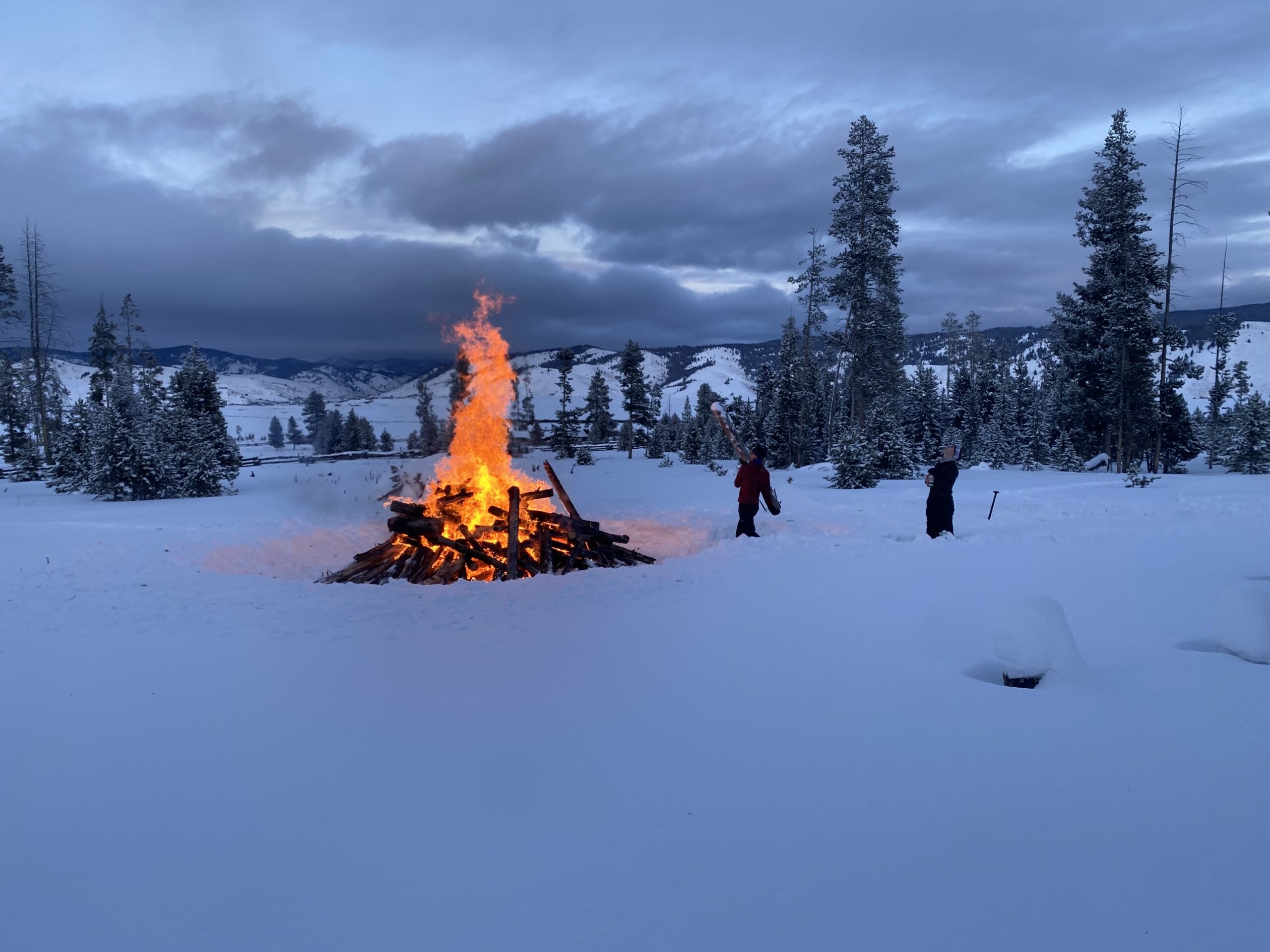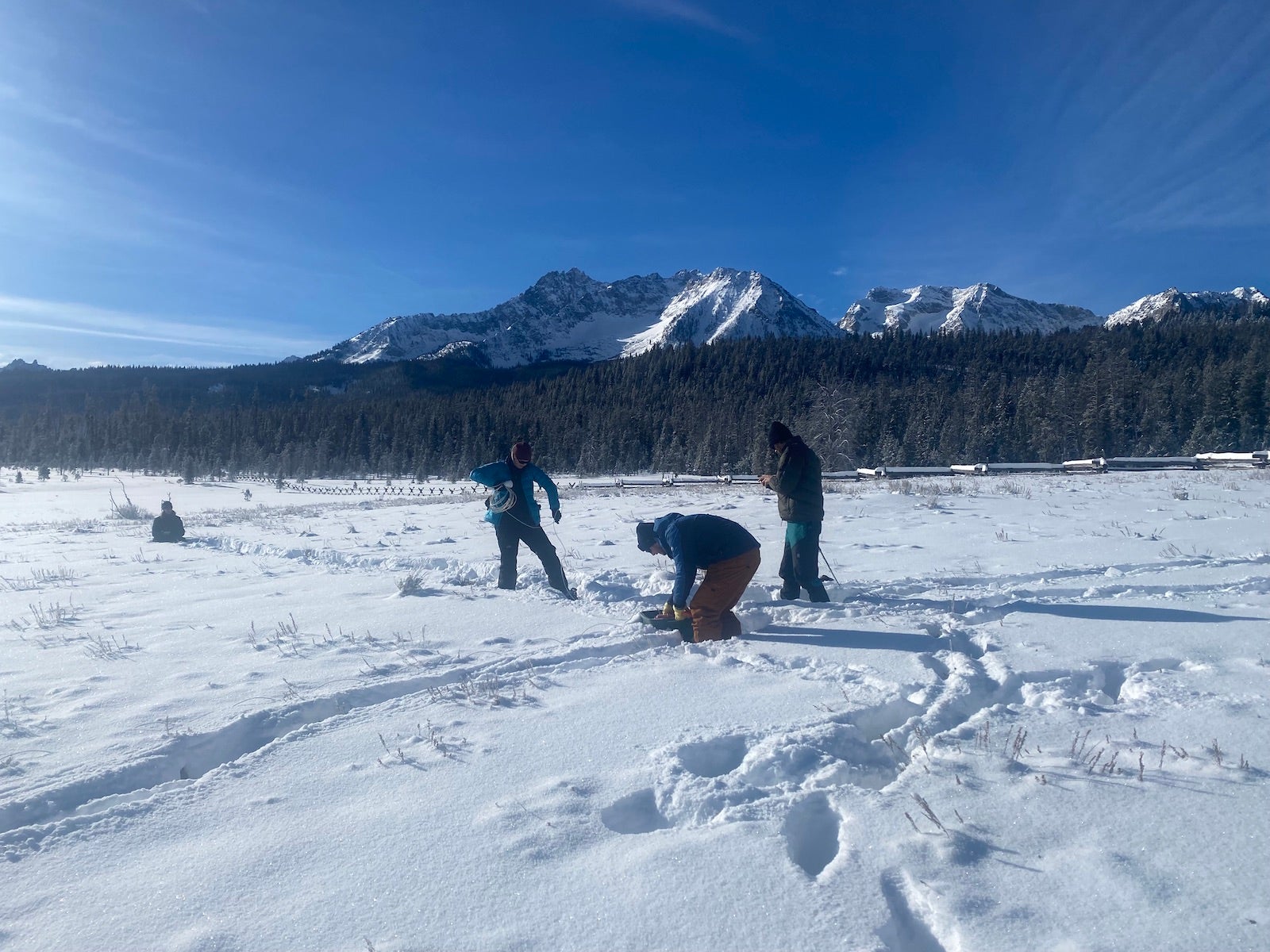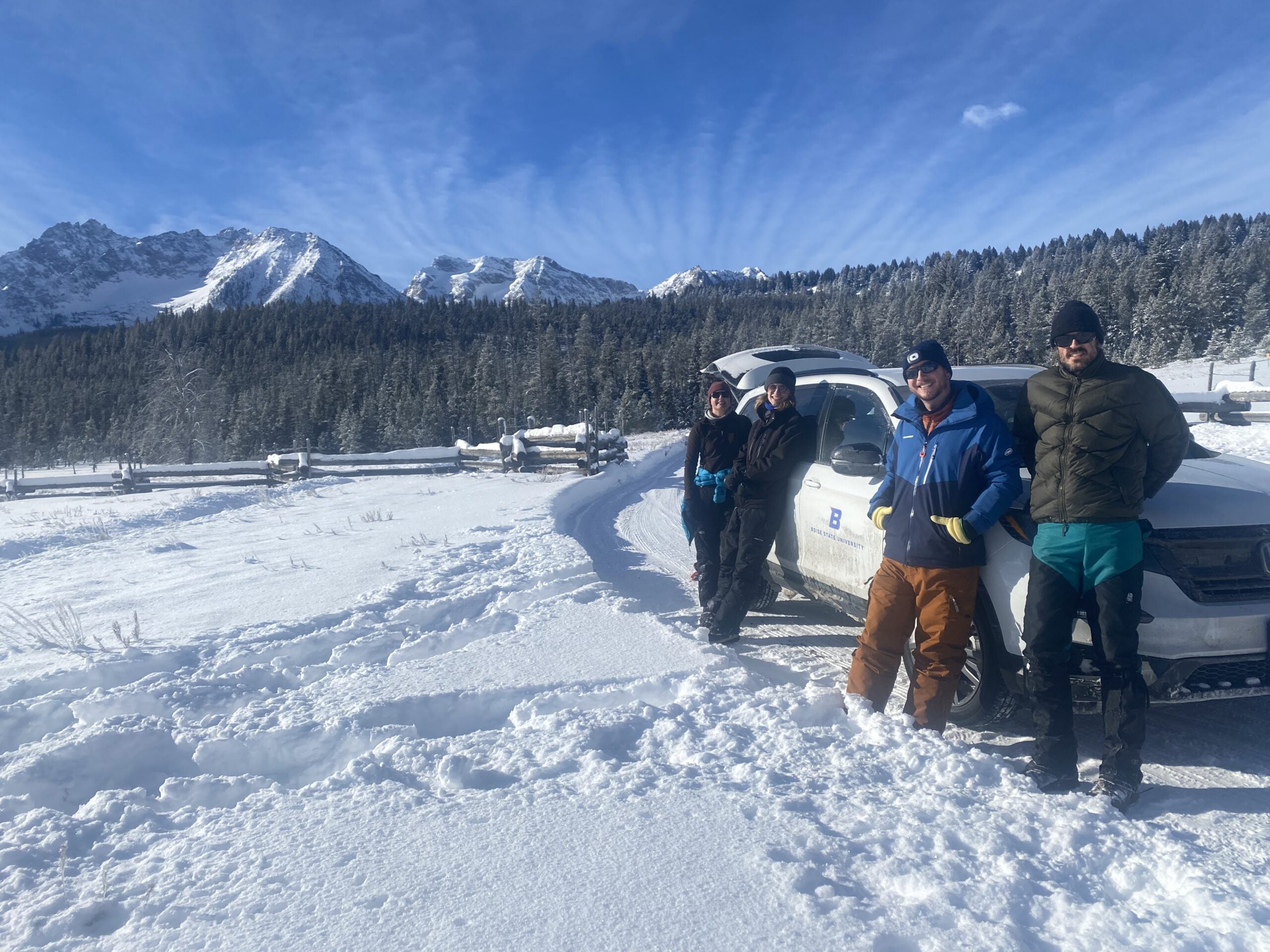Wildfires are, on average, growing larger in size annually in response to past land management practices and climate change. The impacts throughout the western United States, including in states like Idaho, are particularly acute. In 2024, Idaho suffered its worst fire season in more than 20 years. In Southwest Idaho alone nearly 1,000 square miles burned primarily in three large wildfires.
The second largest wildfire, the Wapiti, burned much of Idaho’s iconic Sawtooth wilderness. That fire alone incurred mitigation costs of more than $76 million dollars, not including the monetary impact to local businesses and evacuation for home owners.
With the growth of fire hazards there is impetus to develop new technologies to remotely monitor and quantify wildfires. Detection and monitoring of wildfires using sub-audible sounds, or infrasound, is one such emerging technology worthy of exploration.

Toward the goal of remotely detecting fire using infrasound, a group from Boise State University conducted a controlled burn experiment with a small pile fire (or bonfire). They carried out their experiment in winter and with snow cover so there was no risk of unwanted fire spread. Coincidentally, this experiment took place on private land adjacent to an area that the Wapiti fire would burn eight months later.
Prior to ignition the team installed arrays of specialized low-frequency sensitive microphones at 150 feet from the bonfire and also at 2,000 feet. Arrays of three or more sensors are used to improve sound detection capabilities and to determine the precise direction to a source of sound.

Using the nearby sensor arrays the group discovered that the dominant ‘sound’ source was actually in the 1 to 1.3 Hz band and originated directly from the fire. Those frequencies are about four octaves below the threshold of hearing (at about 20 Hz) and are not audibly perceptible by humans.
That same dominant tone around 1 to 1.3 Hz was also correlated with quantitative observations of flickering flames. In other words, the bonfire’s puffing, or pulsing, appeared to be responsible for generating its most powerful sounds.


Remarkably, the sensor array at 2,000 feet also recorded the small bonfire’s sounds. Although the controlled flame was less than 10 feet tall at its most vigorous, it was still detectable using the specialized microphones.
In Feb. 2024 the team published their findings in the Journal of Applied Acoustics (Elsevier) demonstrating the efficacy of infrasound for fire hazard remote sensing. The authors concluded that their results are promising as a proof-of-concept for potential detection and monitoring of far larger fires. The Boise State researchers and collaborator from the USDA Forest Service, believe that strategic installation of infrasound sensors, in response to growing fires, could be used to locate and quantify the size of intensely burned areas.
The benefit of infrasound is that it is an effective remote sensing tool. Those powerful, low-frequency (infra)sounds travel long distances through the atmosphere without significant signal attenuation, meaning that in theory the microphone arrays could be situated many miles away from sensitive fire mitigation operations. This could provide important information without interfering with fire fighting response.
Using infrasound as a tool for remote sensing of hazards is not a novel concept. Two years earlier, in Jan. 2022, an infrasound array was installed by the Boise State group elsewhere in the Sawtooth Mountains with the expressed goal of detecting snow avalanches. During this period of avalanche monitoring they also serendipitously recorded another, far more distant signal, the eruption of Hunga Tonga Volcano in the South Pacific, 6,000 miles away.

Those inaudible volcano sounds traveled for eight hours before arriving in Idaho to be recorded with specialized infrasound sensors.
The infrasound laboratory at Boise State is recognized for their work on hazards and infrasound and builds their own calibrated sensors. For more information on infrasound science at Boise State, view a summary of activities at tinyurl.com/infravolcpage .
- Written by Jeffrey Johnson (jeffreybjohnson@boisestate.edu) and edited by research communicator Brianne Phillips, geosciences faculty Jake Anderson, and USDA Materials Research Engineer Kara Yedinak